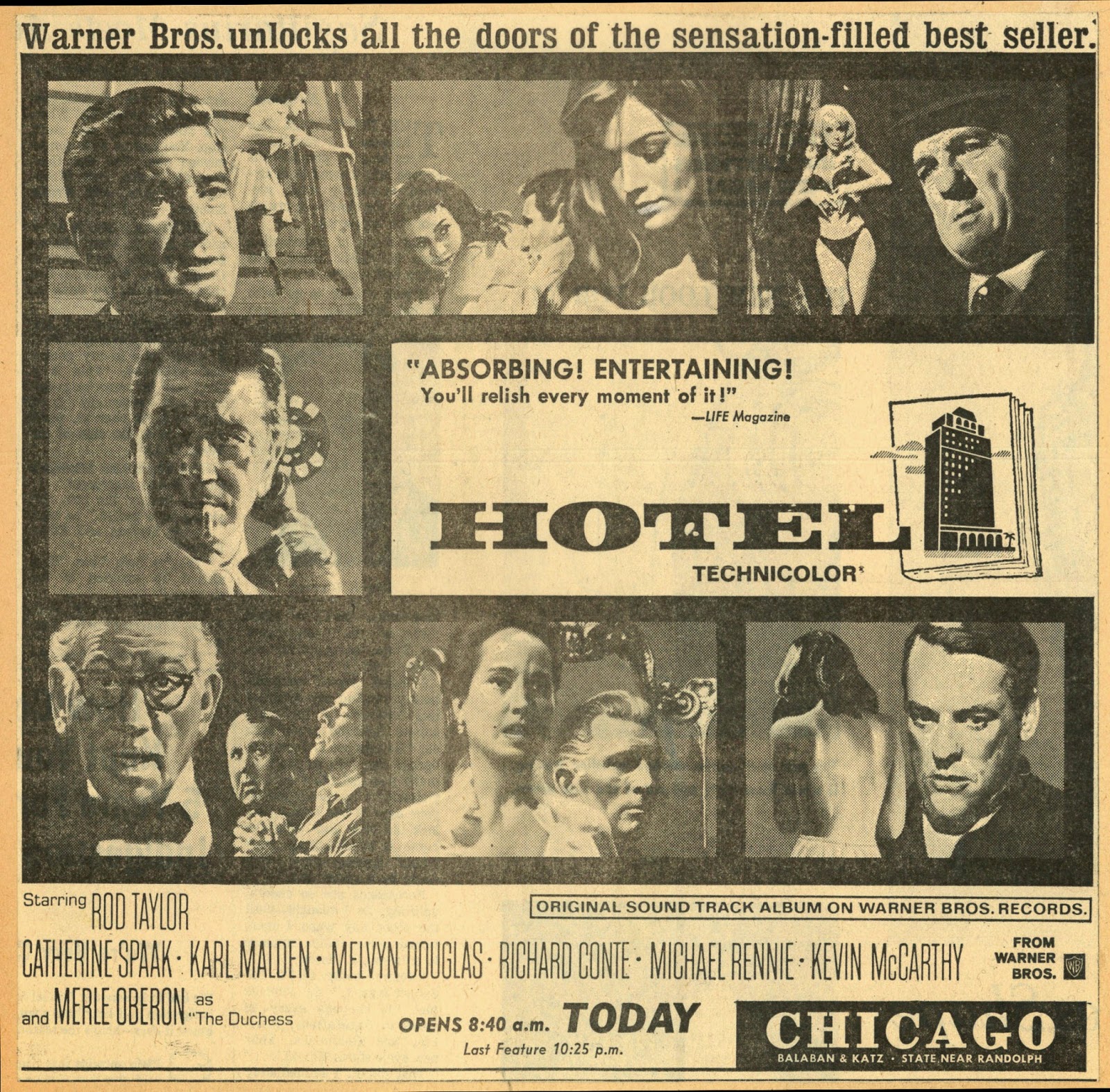Metro Stops The Presses
Copy (1929) Has Newshounds In Natural Habitat
Of days when news gatherers worked city rooms in shirtsleeve and had lunch out of pails, this was another of talkers to show the print game as hard-bitten and not for softies. It was known within a season of sound that reporters were a cynical lot that breathed black humor and round-clock lifestyle. In all of precode, I don't recall seeing one of them sleep. Copy is a two-reeler to encapsulate what was already a sub-genre, and what's the wonder, as transplanted news scribes were already taking charge of scenario departments all over lotus land. These imports to

















































